Kinabalu Giant Red Leech Facts
- This marvel of Nature, which evokes fascination in the minds of some, yet repels many others, bears the common name of the Kinabalu Giant Red Leech. Unlike many species around the world, though, for now, it lacks any other generally accepted general name.
- Professionals, such as researchers, however, refer to the creature by its official, scientific name. That term, though, is the tongue-twisting term of Mimobdella buettikoferi. By either term, however, it remains a remarkable product of evolution.
- It further received that hard to pronounce technical name in the annals of science in 1897. The respected French naturalist, Raphaël Anatole Émile Blanchard, accomplished the first recorded recognition of it as a separate and distinct species at that time.
- Surprisingly, due to the nature of its habitat range, the IUCN presently has no listing for this intriguing animal on its Red List of Threatened Species. That situation, however, could easily change in the future, as environmental factors around the world decline.
- Numerous factors pose potential threats to the existence of the Kinabalu Giant Red Leech. Habitat loss, largely due to human expansion and the resulting alteration of local environments represents a definite threat to this specifically evolved creature.
- This poses an especially severe danger for this invertebrate, though. That’s because it’s entirely evolved to live within its native habitat. It only feeds on one prey, which also happens to only live in its region. Climate change also obviously poses a severe threat.
Related Articles
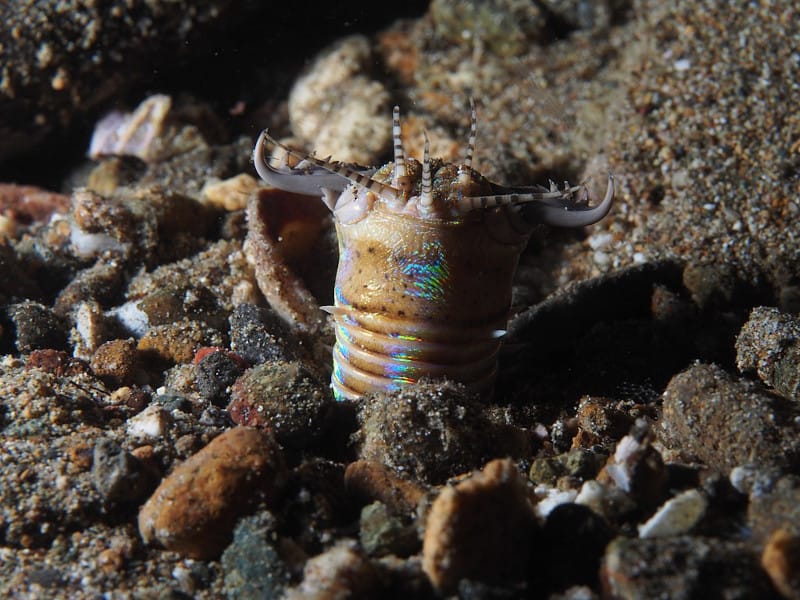
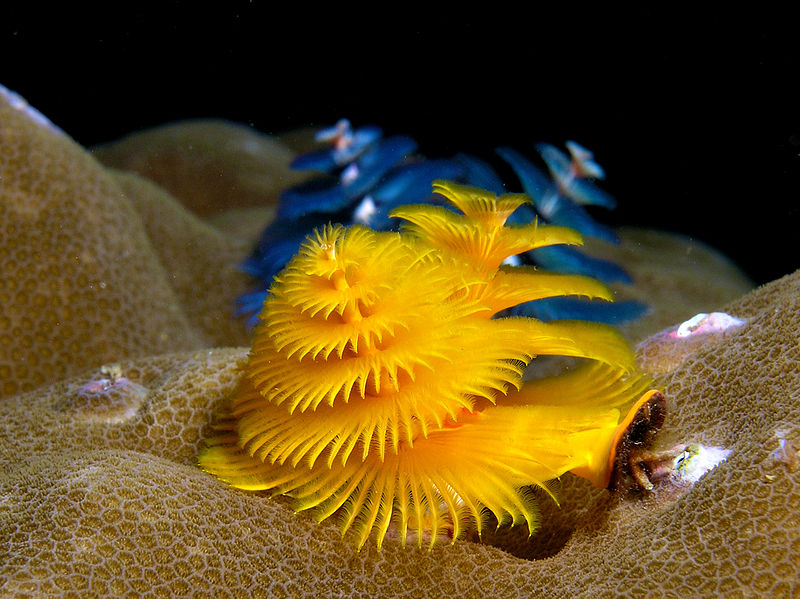

Kinabalu Giant Leech Physical Description
The perfectly named Kinabalu Giant Leech garners a great deal of attention, when it’s actually seen, that is. That actually holds true for several reasons, however. While sheer physical size therefore isn’t the sole reason, it’s nonetheless among the main ones.
That holds true due to the fact that, as the name implies, it’s among the largest of its kind in the world. Like most members of its Class, however, it evolved as a hermaphrodite. The physiological trait of sexual dimorphism, therefore, does not apply to it.
Individual specimens of this amazing species vary in overall length, of course. Exceptional specimens, though, sometimes attain measured lengths of as much as 20 in (50 cm)! The great majority of individuals, though, remain somewhat smaller than that.
The invertebrate further draws the eye for yet another reason, as well. That’s due to its impressive pattern of color, in fact. This fascinating Annelid evolved a bright, attention-grabbing color scheme consisting of a bright orange-red shade, across the entire body.
The body of the distinctively hued Kinabalu Giant Red Leech itself, however, has a design and construction in keeping with its Phylum. That evolved along the same lines as its prey, in fact. That’s because the body displays a highly jointed and segmented construction.
- Kingdom: Animalia
- Phylum: Annelida
- Class: Clitellata
- Order: Arhynchobdellida
- Family: Salifidae
- Genus: Mimobdella
- Species: M. buettikoferi
Kinabalu Giant Red Leech Distribution, Habitat, and Ecology
Most unfortunately, both for it and for those of us who appreciate the wonders of Nature, the Kinabalu Giant Red Leech has an extremely limited range of habitation. That’s so restricted, in fact, that this marvel of evolution only appears on a single mountain!
That mountain itself appears in an isolated, and extraordinarily unique part of the region of the globe now known as Asia. Its precise location, however, sits apart from the continent itself. That’s due to the fact that its home lies on the incredible island of Borneo.
Even on that isolated and ecologically unique site, this creation of natural evolution survives in a tiny zone of habitation. It appears only on the similarly-named Mount Kinabalu. Evidence further indicates that the remarkable creature never appeared beyond there.
Yet even there, it only makes its home in very specific environments. The selective species at altitudes ranging between 8,200 – 9,800 ft (2,500 – 3,000 m). It further resides only in fissures in the local rocks that possess a loose collection of damp soil and leaves.
The astounding Kinabalu Giant Red Leech differs from most of its kindred, though. In its case, this difference manifests itself in terms of its diet. That holds true because, unlike most of its kindred, it does not feed on the blood of its prey. Instead, it feeds carnivorously.
Even in this, however, it demonstrates an extraordinary degree of specialization. It consumes only worms for its nourishment. It further feeds almost exclusively on a single species, the Kinabalu Giant Earthworm, which likewise lives only on the same mountain.
Species Sharing Its Range
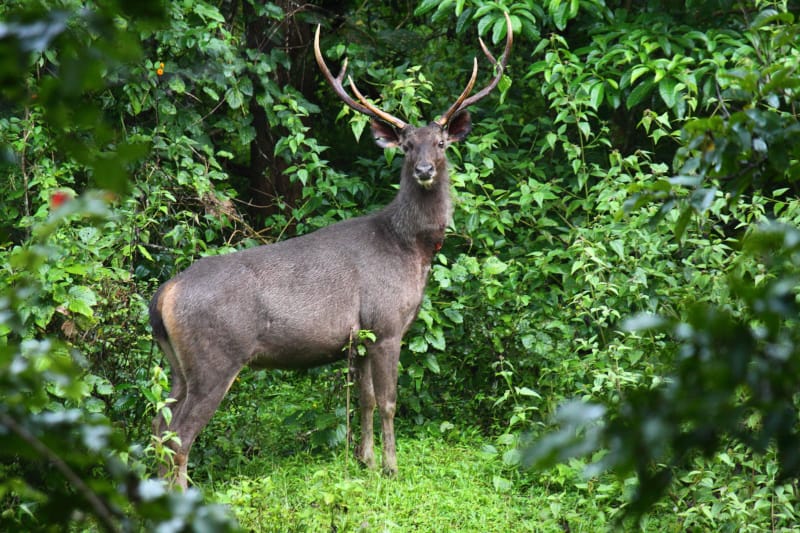
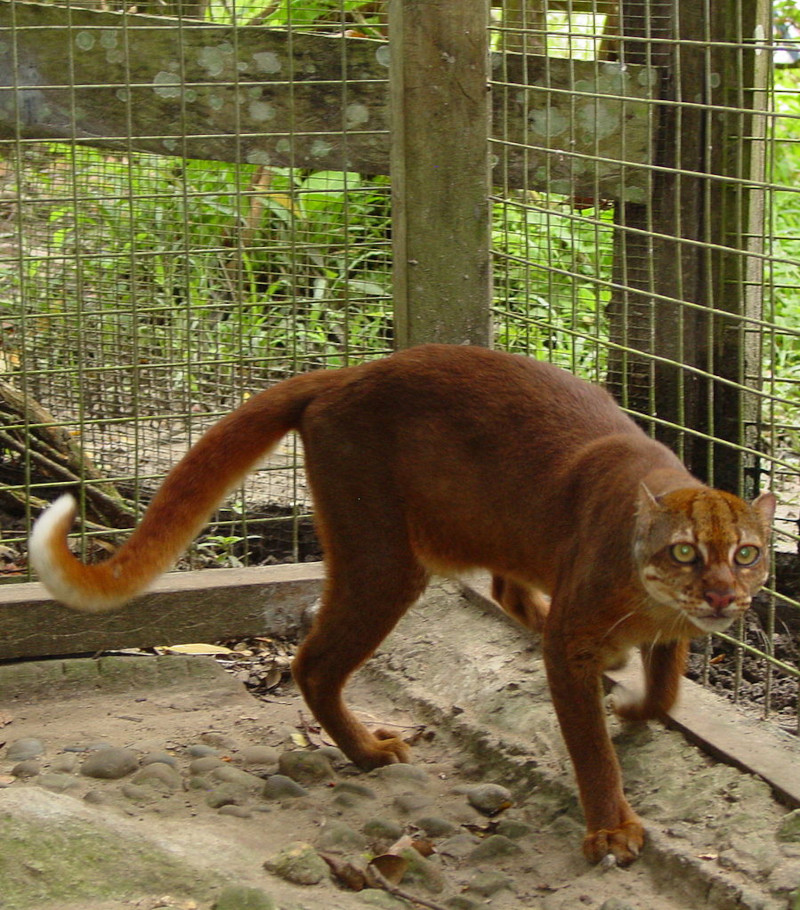
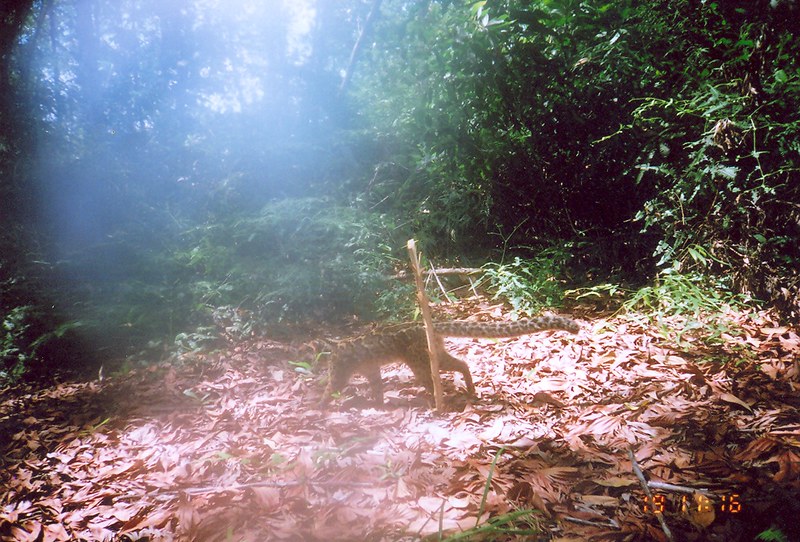
Check out our other articles on 4 Awesome African Trees, Nicobar Pigeon, Atacama Desert, Giant Wood Moth, Yellow Throated Marten, Texas Blind Salamander, Zebra Shark, Lau Banded Iguana
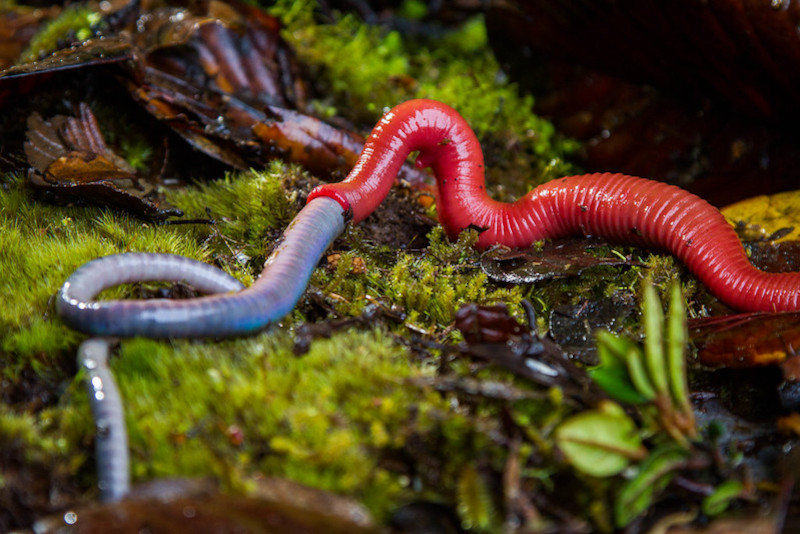

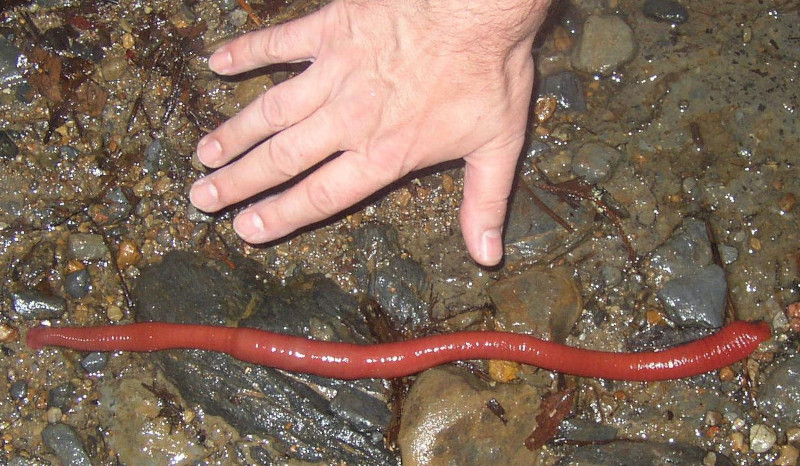









Leave a Reply